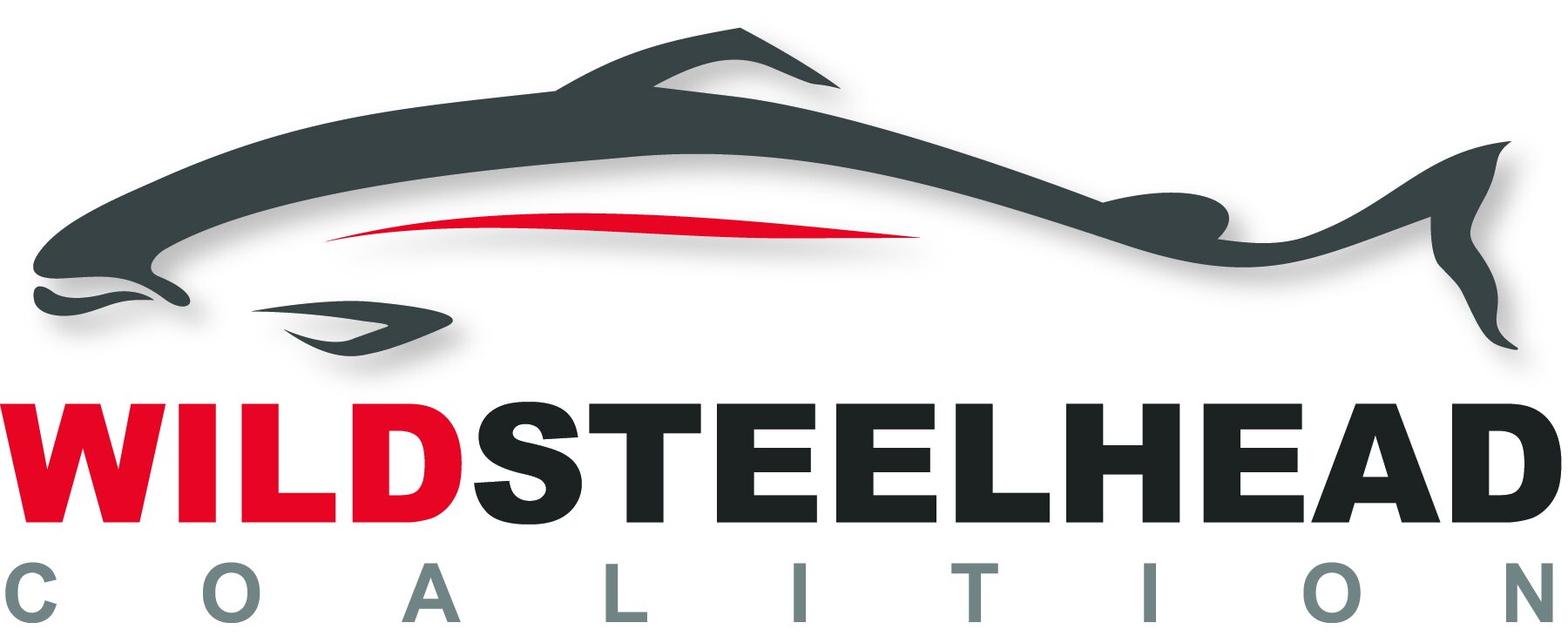The Boats Are Back In Town
On November 30, the Washington Department of Fish and Wildlife announced the 2023-2024 coastal steelhead season. Included are special rules allowing the expansion of fishing from a floating device on two sections of the Hoh River during certain days of the week. This conservation measure, touted to help minimize impacts on wild steelhead, is a surprising reversal from the last couple of years that recognized the need to limit this highly effective fishing method at a time of chronically low steelhead returns. Despite last year's more stringent regulations, wild steelhead on the Hoh still faced a staggering 86% encounter rate, according to the Department's estimates.
Allowing partial-week boat fishing in targeted zones monitored by a “heavy creel” feels like a step backward. This one-year study aims to gather data for future rule-making, but let's not forget: previous studies have already shown that boat anglers hook steelhead up to five times more frequently than shore anglers. This statistic was the foundation of last year's boat exclusion, particularly in critical areas like the Hoh River.
Equally disconcerting is the situation on the Quillayute River System. Here, the rules mirror last year’s emergency measures, with some expanded boat fishing on the Sol Duc River. Unfortunately, there's no creel study planned to track the increased boat fishing effort here due to budget constraints.
Anglers should also not be surprised that State-managed recreational fishing closed on Nov. 30 in the Chehalis, Humptulips, Quinault, and Queets rivers and tributaries, including the Clearwater River, due to chronic low wild steelhead abundance. The Olympic National Park also announced fishing closures on the Queets, Salmon, and Quinault Rivers in sound recognition of low forecasted returns and continued depressed total run size with chronically low escapements of wild steelhead. We're witnessing the fourth consecutive year of severely restricted coastal winter steelhead fisheries, a testament to decades of population decline. Even with some indicators of modest improvement, an Endangered Species Act listing looms over these fish.
On top of the regulatory inconsistencies, another problem will need to be addressed by management agencies: unfavorable ocean conditions. Ocean waters, a vital habitat for steelhead, are suffering from unprecedented changes. Rising ocean temperatures, acidification, and depleted oxygen levels wreak havoc on marine ecosystems. These additional adverse conditions, recognized by all fishery managers, are not just alarming; they demand a steadfast conservative approach if there is any real commitment to reclaim and revive wild steelhead populations.
These latest developments are hard to digest, yet they underscore the urgent need for a decisive long-term plan to save Washington's wild steelhead. The Wild Steelhead Coalition's 2021 statement regarding Washington's coastal wild steelhead populations rings true now more than ever: "Immediate, significant reductions in the impact on returning wild steelhead are essential to secure a sustainable future for both sport and tribal fisheries."


